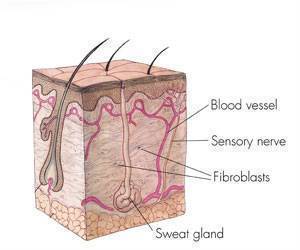
‘While assessing the performance of direct-to-consumer teledermatology websites it was observed that incorrect diagnoses were made, and treatment recommendations sometimes contradicted guidelines.’
Tweet it Now
Jack S. Resneck, Jr., of the University of California, San Francisco, and coauthors used study personnel posing as patients to submit six dermatologic cases with photographs, including neoplastic, inflammatory and infectious conditions, to regional and national DTC telemedicine websites and smartphone apps offering services to California residents. The photographs were mostly obtained from publicly available online image search engines. Study patients claimed to be uninsured and paid fees using Visa gift debit cards; no study personnel provided any false government-issued identification cards or numbers. The authors received responses from 16 DTC websites for 62 clinical encounters over about a month from February to March 2016.
None of the websites asked for identification or raised concern about pseudonym use or falsified photographs-
- During 68% of encounters, patients were assigned a clinician without any choice; 26% disclosed information about clinician licensure; and some used internationally based physicians without California licenses
- 23% collected the name of an existing primary care physicians and 10% offered to send records
- A diagnosis or a likely diagnoses was given in 77% of cases; prescriptions were ordered in 65% of these cases; and relevant adverse effects or pregnancy risks were disclosed in a minority of those
- The websites made several correct diagnoses in cases where photographs alone were adequate but when additional history was needed they often failed to ask simple, relevant questions
- Major diagnoses were missed including secondary syphilis, eczema herpeticum, gram-negative folliculitis and polycystic ovarian syndrome
- Treatments prescribed were sometimes at odds with guidelines
A significant limitation to this study is that the authors were unable to assess whether clinicians seeing these patients in traditional in-person encounters would have performed any better.
The authors offer a series of recommended practices for DTC telemedicine websites, including obtaining proof of patient identity, collecting relevant medical history, seeking laboratory tests when an in-person physician would have relied on that information, having relationships with local physicians in all the areas where they treat patients, and creating quality assurance programs.
Advertisement
Source-Eurekalert








